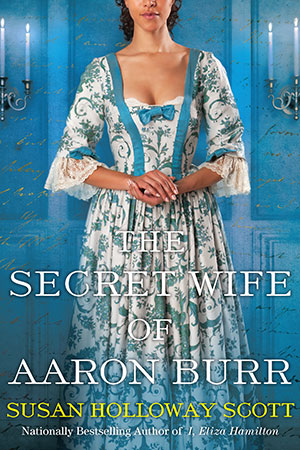In these days of credit card scanner, swipers, and readers, I bet there are more than a few of our readers who won't know what this is. It's a cash register, and an extravagantly beautiful one at that.
Made in 1894 by the National Cash Register Company, this impressive nickel-plated register (Model 79) was an example of the latest in retail. By the end of the 19thc, Americans had more cash (and more credit) to spend, and stores had grown in size and splendor. Consumers were tempted with a wealth of increasingly mass-produced products, all presented in an elegant setting that encouraged the experience of shopping - itself a 19thc verb. This over-sized register, gleaming and ornamented like a piece of fine silver, would definitely have been part of the experience.
But cash registers were initially designed not for the sake of the customers, but to combat the petty thievery of clerks by keeping track of transactions. According to the museum's web site, the register "has three columns of keys for entering numbers, and a fourth column of function keys. The operating crank is on the right side, the cash drawer is below, and a receipt dispenser is on the left side. Pop-up indicators above the keys indicate the total purchase." High-tech, indeed.
The register is currently on display as part the "Art in Industry" exhibition at the Smithsonian's National Museum of American History in Washington, DC.
Photograph ©2018 Susan Holloway Scott





 One of us --
One of us -- 


